What is Dry Mode on AC? Explanation of its Purpose and Benefits
Key Takeaways
Dry mode pulls water from air, not heat from rooms. Your AC becomes a dehumidifier that uses half the power of regular cooling. Perfect for those sticky days when 75°F feels like 85°F.
- Set the temperature 2-3 degrees above room temperature. This prevents your unit from switching into full cooling mode. Let humidity control do the heavy lifting instead of temperature control.
- Rainy seasons and coastal living demand dry mode. Geographic humidity bombs hit hardest during monsoons, near water bodies, and in southern climates. Regular cooling wastes energy solving the wrong problem.
- Watch for condensation clues around your house. Foggy windows, steamy mirrors, and water droplets on walls signal high humidity. These visual warnings appear before you feel uncomfortable.
- Close doors and prep rooms for better results. Open spaces dilute the dehumidifying effect. Turn off moisture sources like humidifiers and postpone steamy cooking until after dry mode finishes its job.
- Timing matters more than temperature settings. Run dry mode for 2-3 hours during problem periods. Night usage works great for better sleep without freezing under blankets.
Ever walked into your house and felt that clammy, sticky sensation even though the temperature seemed fine? Your AC's dry mode tackles exactly this problem. Unlike regular cooling that blasts cold air everywhere, dry mode pulls moisture out of your space without turning it into an icebox. Smart homeowners use this setting during those muggy days when humidity makes 75°F feel like 85°F.
What is Dry Mode on AC?
Think of dry mode as your AC's dehumidifier setting. Instead of cranking up the cold, it sucks water out of your air. Regular AC mode works like a sledgehammer - it pounds down temperatures fast. Dry mode acts more like tweezers, carefully plucking moisture from your rooms.
Your AC unit switches gears when you hit that dry mode button. The fan slows way down, sometimes running at half its normal speed. This gives humid air more time to hang around the cold coils inside your unit. Picture honey dripping slowly off a spoon versus water splashing quickly - that slower movement lets more water vapor stick to those chilly surfaces and turn back into liquid.
 Humidity Sensors and Automatic Control
Humidity Sensors and Automatic Control
Your AC unit constantly measures humidity levels using built-in sensors. These sensors work like tiny weather stations, checking moisture every few minutes. When humidity drops to comfortable levels (usually around 45%), the system recognizes its job is done and shuts off.
But here's the clever part - it doesn't forget about you. The unit stays on standby, monitoring humidity like a security guard. Moisture levels climb back up from cooking, showering, or just breathing? The system automatically restarts its moisture-removal mission.
Temperature vs. Humidity Priority
Most people expect their thermostat to control dry mode, but it works differently. The unit ignores your temperature setting and focuses purely on moisture levels. Your room might be set to 75°F, but dry mode cares more about getting humidity right than hitting exact temperatures.
This creates an interesting side effect. Your room might end up at 73°F or 77°F depending on outdoor conditions and how much moisture needs removing. The system prioritizes comfort through humidity control rather than precise temperature matching.
Benefits of Using "Dry Mode" on AC
Bills Shrink
Dry mode eats up way less juice than full blast cooling. Your compressor takes frequent breaks instead of running nonstop. The indoor fan barely whispers compared to its usual roar.
Check your electric meter next month after switching. The numbers tell the story - dry mode pulls maybe half the power of regular cooling mode. Some folks see real savings, others notice smaller drops. Depends on your house size and local rates.
Finally Sleep
Ever lie awake feeling gross and sticky? That's humidity messing with your body's cooling system. You sweat, but the sweat can't evaporate because the air already holds too much water.
Hit dry mode before crawling into bed. The air stops feeling thick. Your skin doesn't stick to the sheets anymore. Some nights you'll wake up thinking someone turned on the AC, but it was just dry mode doing its job quietly.

Stop Sneezing So Much
Mold spores float everywhere when your house stays damp. These invisible troublemakers make noses run and eyes water. Cut the moisture and mold struggles to multiply.
Dust mites live in your bed eating dead skin flakes. Sounds gross but everyone has them. They need humid air to survive. Dry out their environment and many just die off. Kids with asthma breathe easier when dust mite populations crash.
House Stops Falling Apart
Walk around during humid summer days. Doors jam. Drawers stick. Wood swells up like a sponge. Paint bubbles on walls. Everything feels damp to the touch.
Your laptop gets sluggish in sticky weather. Smartphones act weird. Circuit boards don't like moisture one bit. Keep the air dry and electronics behave better for longer periods.
Wet Stuff Actually Dries
Hang clothes inside during muggy weather and they stay damp for days. The air can't hold any more water, so your wet laundry just sits there dripping.
Dry mode changes this completely. Suddenly that soggy towel hanging in the bathroom dries overnight. Socks don't smell funky after three days on the rack. Indoor drying becomes possible again.
Food Doesn't Go Bad as Fast
Open a bag of chips during humid weather. Two hours later they taste like cardboard. Salt turns into concrete blocks. Bread grows fuzzy green spots faster than usual.
Bacteria love moisture almost as much as they love warmth. Remove the humidity and food spoilage slows down. Your groceries last closer to their expiration dates instead of going bad early.
When to Use "Dry Mode" on AC
Rainy Season Hell
Monsoons turn houses into swamp caves. Outside it's pouring, inside everything feels sticky and gross. Regular AC during these times is overkill - you don't need arctic temperatures, just breathable air.
Spring brings weird weather patterns. Warm days with sudden downpours. Your house traps all that moisture and holds onto it like a wet sponge. Dry mode handles these situations perfectly without freezing you out.
The 75-Degree Swamp Problem
Temperature says 75°F but feels like 85°F. This happens when humidity climbs above 60%. Your skin can't release heat properly. Everything feels clammy and uncomfortable even though the actual temperature seems fine.
Regular cooling mode would drop your house to 68°F just to feel comfortable. Dry mode tackles the real problem - too much water in the air. You end up comfortable at 74°F instead of wasting energy to reach 68°F.
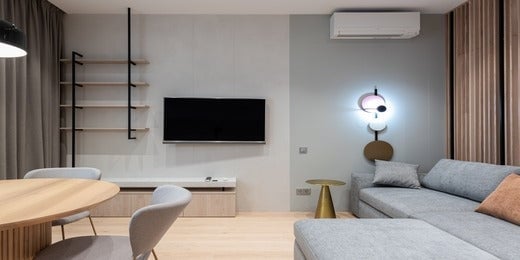
Morning Fog Inside Your House
Windows fog up from the inside. Mirrors stay steamy long after hot showers. Water droplets form on cold surfaces throughout your house. These are dead giveaways that indoor humidity is too high.
Condensation on walls means trouble. That moisture soaks into paint and drywall. Mold follows soon after. Dry mode prevents this cascade of problems before they start.
Geographic Bad Luck
Live near the ocean? Lakes? Rivers? Water bodies pump moisture into surrounding air constantly. Coastal areas stay humid even on sunny days. Lake effect humidity hits hard during summer months.
Southern states deal with humidity year-round. Northern areas get surprise humidity bombs during spring thaw. Some places just suck for moisture control regardless of season.
After Cooking Big Meals
Boiling pasta releases steam clouds. Simmering soups add moisture to kitchen air. Large family dinners create humidity spikes that spread throughout the house.
Thanksgiving cooking marathons turn kitchens into tropical zones. All that steam has to go somewhere. Usually it migrates to other rooms and settles in for hours. Dry mode clears it out faster than opening windows.
Laundry Day Humidity Bombs
Washing machines vent hot, moist air. Dryers do the same thing. Even with proper venting, some moisture escapes into your house. Multiple loads create noticeable humidity increases.
Hang clothes inside to dry? Now you've created a humidity factory. All that water has to evaporate somewhere. Your air absorbs it and holds onto it stubbornly.
Night Sweats Season
Summer nights when cooling feels too cold but no AC feels too hot. You set the thermostat to 76°F but still wake up sweaty. Regular cooling mode at 72°F makes you shiver under blankets.
This temperature tug-of-war happens because humidity tricks your body's temperature sensors. Dry mode breaks this cycle by removing moisture instead of battling temperature.
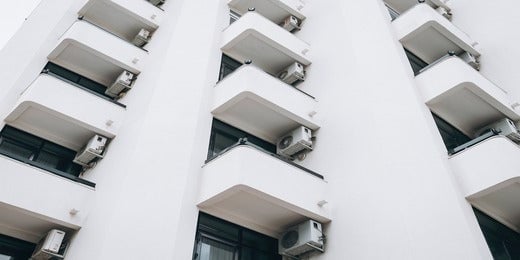 How to Use "Dry Mode" on AC
How to Use "Dry Mode" on AC
Finding the Button
Most remotes have a mode button that cycles through options. Keep pressing it until you see "Dry," "Dehumidify," or a water droplet symbol on the display. Some brands use different names but they all do the same thing.
Can't find your remote? Check the indoor unit itself. Look for buttons on the front panel. Press the mode button there until dry mode appears on the LED display. Some units beep when you switch modes.
Getting the Settings Right
Don't mess with the temperature much. Set it 2-3 degrees above your current room temperature. If your room sits at 76°F, set the unit to 78°F or 79°F. This prevents overcooling while still pulling moisture out.
Fan speed usually adjusts automatically in dry mode. Some units let you pick low, medium, or high. Stick with low or auto for best results. High fan speed defeats the purpose by moving air too quickly past the coils.
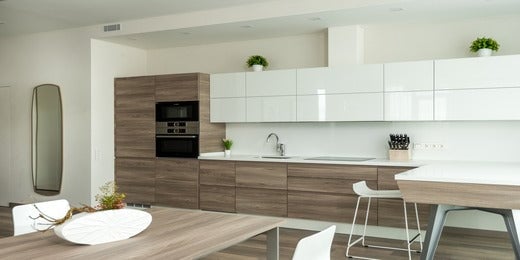 Timer Tricks
Timer Tricks
Run dry mode for 2-3 hours at first. Check how your room feels afterward. Still sticky? Run it longer next time. Too dry and stuffy? Cut back to 90 minutes.
Night owls can set timers to run dry mode while they sleep. Set it for 6-8 hours with a gentle temperature setting. You'll wake up in comfortable, breathable air without freezing overnight.
Room Prep That Actually Helps
Close doors to contain the dehumidified air. Open rooms make your AC work harder to control humidity. Focus on one area at a time for better results.
Turn off other moisture sources if possible. Skip the humidifier obviously. Postpone that big pot of soup until after dry mode finishes. Even houseplants release moisture into the air.
Reading the Signs
Your unit will cycle on and off more than during cooling mode. This is normal. It's checking humidity levels and adjusting automatically. Don't panic when it shuts off for 10-15 minutes then starts again.
Watch for water draining from the condensate line. More water draining means dry mode is pulling moisture out successfully. No water after an hour might mean your humidity was already fine.
Common Screw-Ups to Avoid
Setting the temperature too low defeats the whole point. Your AC starts cooling aggressively instead of focusing on moisture removal. Keep that temperature setting higher than usual.
Running dry mode when humidity is already low wastes energy. If your house feels comfortable and dry, you don't need it. Save dry mode for sticky, uncomfortable days.
Don't run dry mode and regular cooling mode back-to-back. Let the unit rest between mode changes. Switching too quickly can confuse the control system and reduce effectiveness.
Opening windows during dry mode is like leaving your front door open while running heat. All that dehumidified air escapes and humid outdoor air rushes in to replace it.

Making It a Habit
Check weather forecasts for humidity levels. High humidity days are perfect for dry mode. Low humidity days don't need it at all.
Learn your house's problem spots. Basements usually need dry mode more often. Upper floors might need it less. Some rooms trap moisture better than others.
Keep notes on what works. If 2 hours of dry mode makes your bedroom perfect for sleeping, remember that timing. Every house is different.
Your Smart Choice for Year-Round Comfort
Dry mode solves humidity problems that regular cooling can't touch. Instead of battling temperature, you're controlling what actually makes you uncomfortable - sticky, moisture-heavy air. Hit that dry mode button next time your house feels like a swamp, even when the thermometer reads normal. Your comfort and your electric bill will thank you.
FAQ
What is dry mode on AC?
Dry mode is a setting on your air conditioner that reduces humidity without aggressively lowering the temperature. It works like a built-in dehumidifier, making your home feel more comfortable on sticky days.
What does dry mode on AC do?
When activated, dry mode slows down the fan and cycles the compressor in short bursts. This allows the AC to pull excess moisture from the air, lowering humidity while keeping the temperature relatively stable.
How does dry mode on AC work?
Your AC’s coils cool just enough to condense water vapour from the air. The fan runs at a lower speed, giving humid air more time to pass over the coils. This process collects moisture and drains it away without overcooling your room.
When should I use dry mode on AC?
Dry mode is best used during humid weather, rainy seasons, or coastal climates when the temperature feels fine but the air feels damp and clammy. It’s also perfect for nights when cooling feels too cold but no AC feels too hot.
How long should I run AC on dry mode?
For most homes, 2–3 hours is enough to reduce humidity and improve comfort. Running it all night is also safe if the air feels muggy, but it’s unnecessary on days when humidity is already low.


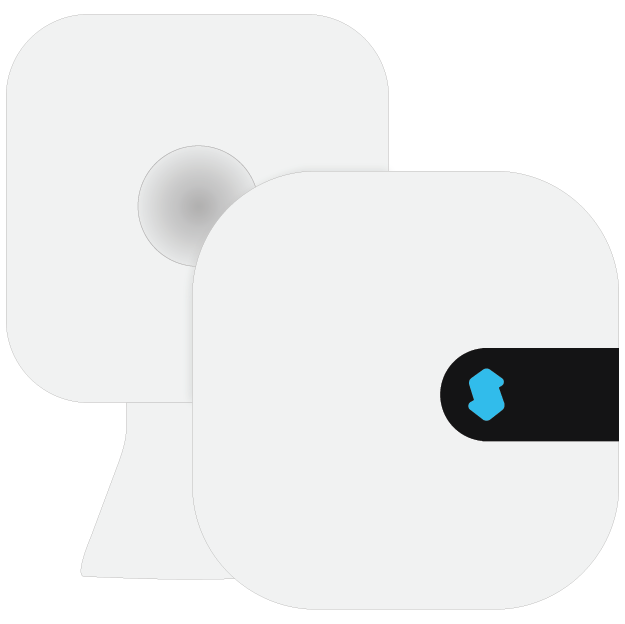





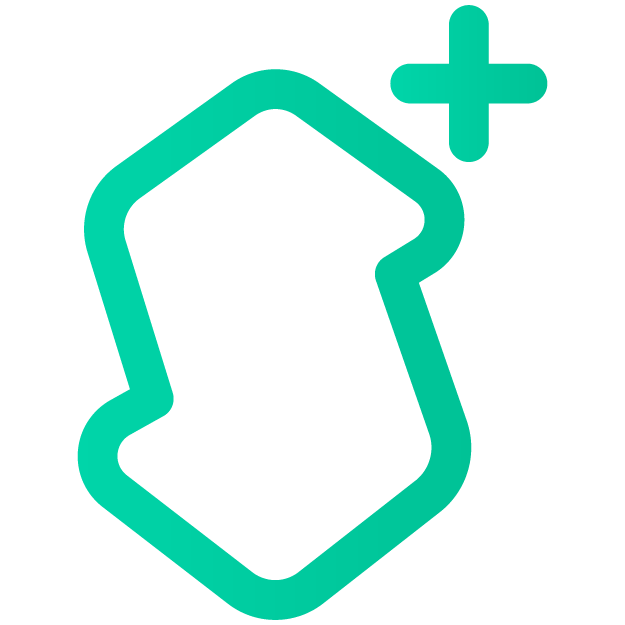



















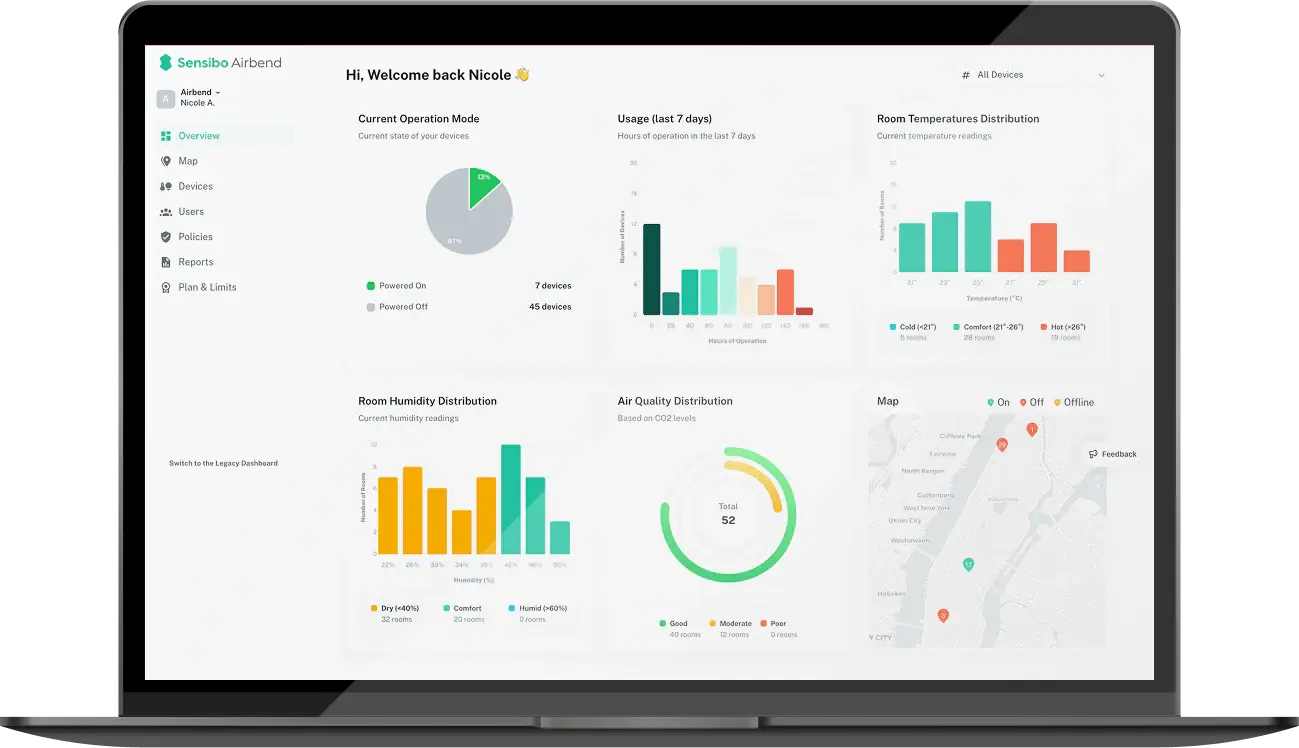






.jpg?height=200&name=photo_2024-01-16_18-35-46%20(1).jpg)


.png?height=200&name=image_2023-11-20_10-40-17%20(1).png)